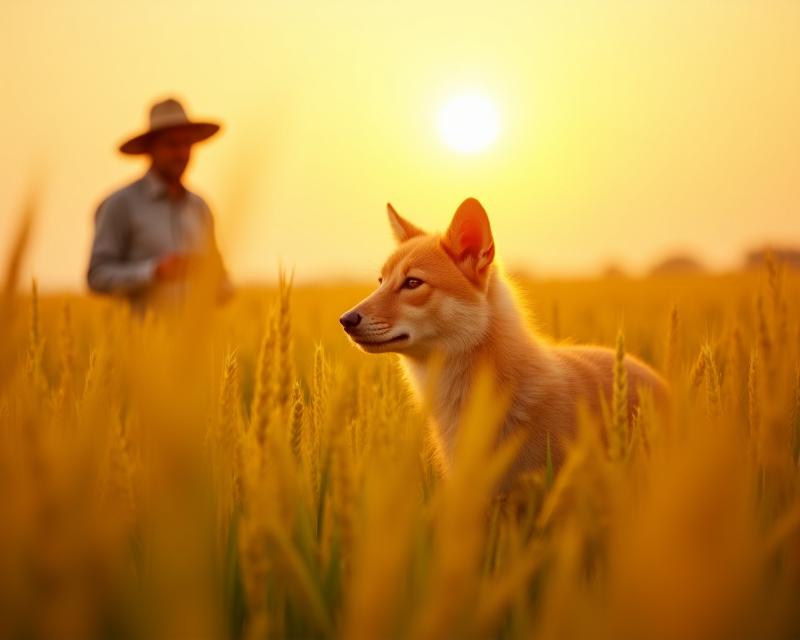Golden Rice: A Hope for Global Health?
Publish in Crops el 22/07/2025 16:46
Golden Rice: A Hope for Global Health?
As farmers and gardeners, we're always looking for ways to improve our yields and the nutritional value of our crops. Today, let's explore a fascinating development in the world of agriculture: Golden Rice. This isn't your average variety; it's genetically modified (GM) rice engineered to produce beta-carotene, a precursor to vitamin A. Vitamin A deficiency (VAD) is a serious global health problem, particularly in developing countries, affecting millions of children and pregnant women. It can lead to blindness, weakened immune systems, and increased mortality. So, how can Golden Rice help?

The core idea behind Golden Rice is simple: vitamin A is crucial for healthy vision, immune function, and growth. Many staple foods don't naturally contain enough vitamin A. By inserting genes into the rice plant, scientists have enabled it to produce beta-carotene in its rice grains. Beta-carotene is a pigment found in carrots and other orange vegetables, and our bodies convert it into vitamin A. This means that Golden Rice can potentially become a significant dietary source of this essential nutrient, especially for populations where access to vitamin A-rich foods is limited.
What does this mean for farmers and the wider agricultural community? Golden Rice isn't about replacing traditional rice varieties. It's about adding a vital nutritional benefit. While there's been some controversy surrounding genetically modified organisms (GMOs), Golden Rice has undergone extensive safety testing by regulatory bodies worldwide, including the World Health Organization (WHO) and the Food and Drug Administration (FDA). The scientific consensus is that Golden Rice is safe for human consumption. Furthermore, its cultivation can be integrated into existing farming practices. Farmers can grow Golden Rice alongside other rice varieties, providing a valuable source of nutrition to their communities.
Of course, like any agricultural innovation, there are ongoing discussions about Golden Rice. Accessibility, affordability, and equitable distribution are key considerations. However, the potential impact of Golden Rice on reducing VAD is immense. It offers a sustainable and cost-effective way to address a major public health challenge. As we continue to explore innovative solutions in agriculture, Golden Rice stands as a powerful example of how science can contribute to a healthier and more food-secure world. It’s a testament to the power of agricultural research to address global health needs and improve the lives of people around the world. Keep an eye on developments in this area – it’s a field with a bright future!





